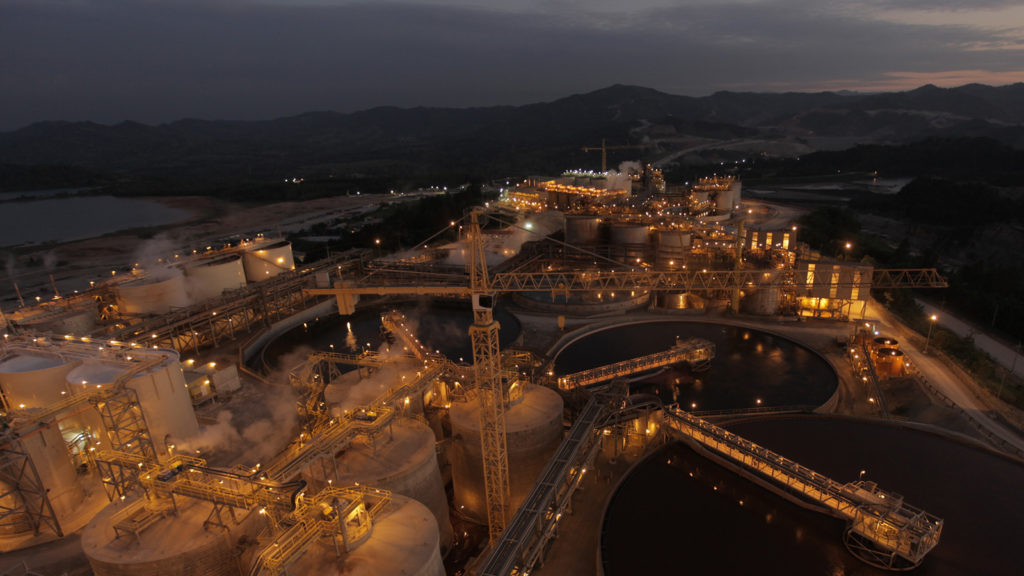Barrick pulls the trigger on Pueblo Viejo expansion

The expansion will also enable the mining of lower grades in the existing deposit, supporting annual output of more than 800,000 oz. of gold.
According to a Barrick news release, the Dominican government has provided several alternatives for further assessment. In parallel, Barrick has completed its own alternatives study that produced a different set of feasible sites for further evaluation.
The two separate assessments independently identified four alternative sites, of which two spots in the Sanchez Ramirez province warrant further investigation.
The final location and construction of the facility would be subject to the completion of an environmental and social impact assessment (ESIA) under Dominican rules and international standards. Once completed, the ESIA would be submitted to the government for evaluation and final decision.
The ESIA will identify and implement mechanisms to mitigate potential environmental impacts and initiatives to improve the livelihoods of the communities.
In 2021 the Tier One mine paid $527 million in direct and indirect taxes, which brings total tax payments since 2013 to more than $3 billion. Barrick defines a Tier One mine as producing more than 500,000 oz. of gold per annum and having a life of at least 10 years.
Pueblo Viejo’s expansion project is expected to increase total direct and indirect taxes to over $9 billion from the beginning of commercial production through to the extended mine life beyond 2040.
Barrick’s CEO, Mark Bristow, has previously stated that once completed, the project will deliver a “super mine” capable of producing more than 900,000 oz. of gold over most of its remaining life. The mine plan even calls for two years where production above 1 million oz. is forecast.
Pueblo Viejo is a 60-40 joint venture between Barrick and Newmont (TSX: NGT; NYSE: NEM).




